India – the land of diversity. A land of a billion people who belong to different religions and castes, follow different cultures and traditions, speak different languages and dialects, eat different types of cuisines and delicacies, but yet bonded together as one strong democratic nation that continues to march forward in the 21st century. My earlier posts were about how to travel conveniently by train in India, followed by top 5 heritage and luxury trains in India and last week I wrote on the mountain trains in India. This time, I am bringing forward some the assets of the railways that make the entire rail journey experience easy and convenient for local and international travelers.
Indian Railways is not just about trains, but much more. Every element of the railways come together to offer the experience we want. Every train trip is a combination of memories of being at the railway station, walking the platform with the baggage, waiting for the train to arrive, watching the train crossing over the bridges and passing through the tunnels and rocky terrain and much more. All these small things collaborate together to offer a memorable train experience. Let’s take a final ride into the diverse world of the Indian Railways and look at how Indian Railways is building bigger bridges, better stations, faster trains, and longer journeys that somehow improve the train journey experience.
Howrah Junction – Busiest Railway Station
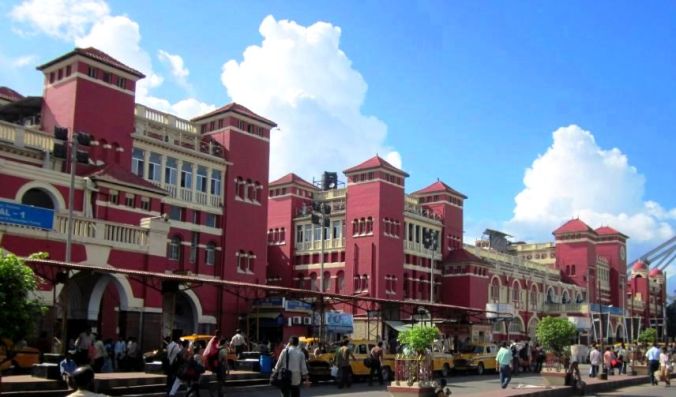
Howrah Station Terminal
Railway stations play an important role for the railways because people board and alight the train at these stations. Serving the city of Kolkata on the east coast of India, Howrah Junction is certainly one of the oldest and largest railway complexes in the country and handling and maintaining this gigantic sized railway station is no joke.
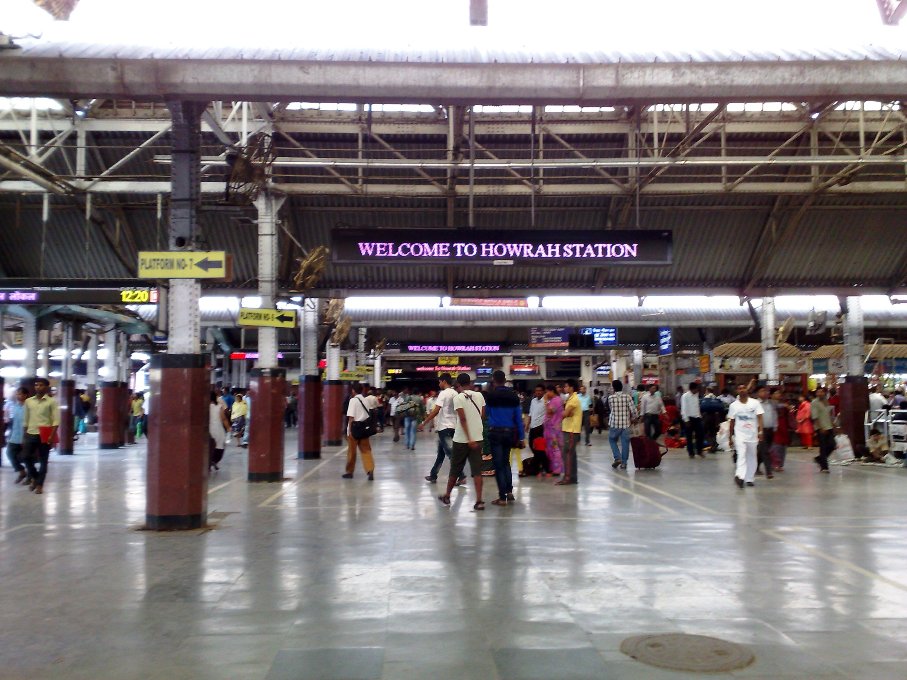
Howrah Railway Junction
Located on the west bank of the Hooghly River, Howrah Junction has the highest train handling capacity in the country. Every day, 974 trains arrive and depart from here dropping and picking up millions of passengers. This means every 90 seconds either a train arrives or departs from this insanely busy junction. It is also the largest railway station in the country with 23 platforms and 26 tracks laid side by side.
Gorakhpur Junction – Longest Railway Station
If you ever felt lonely and need to stroll, visit Gorakhpur Junction station. This railway station located in the northern state of Uttar Pradesh serves as the headquarters of the North Eastern Railway and holds the record of being the longest railway station in India and in the world. Yes, you heard me right it’s the longest railway station in the world.
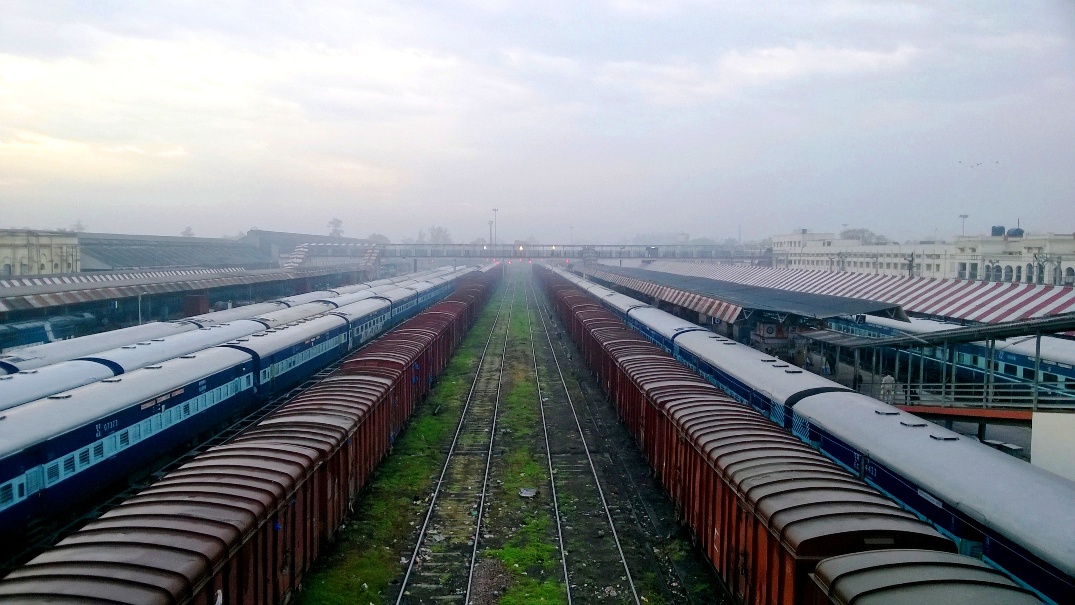
Gorakhpur Junction
At 1.35 kilometres it’s almost a mile long (0.84 miles to be precise). One of the reasons for choosing Gorakhpur to have such a long railway station is because it handles more than 189 trains every day, it attracts more people who come here to book their tickets and therefore, the station requires a bigger ticket booking office and it also handles a lot of freight trains that are exceptionally long.
Vivek Express – Longest Train Route
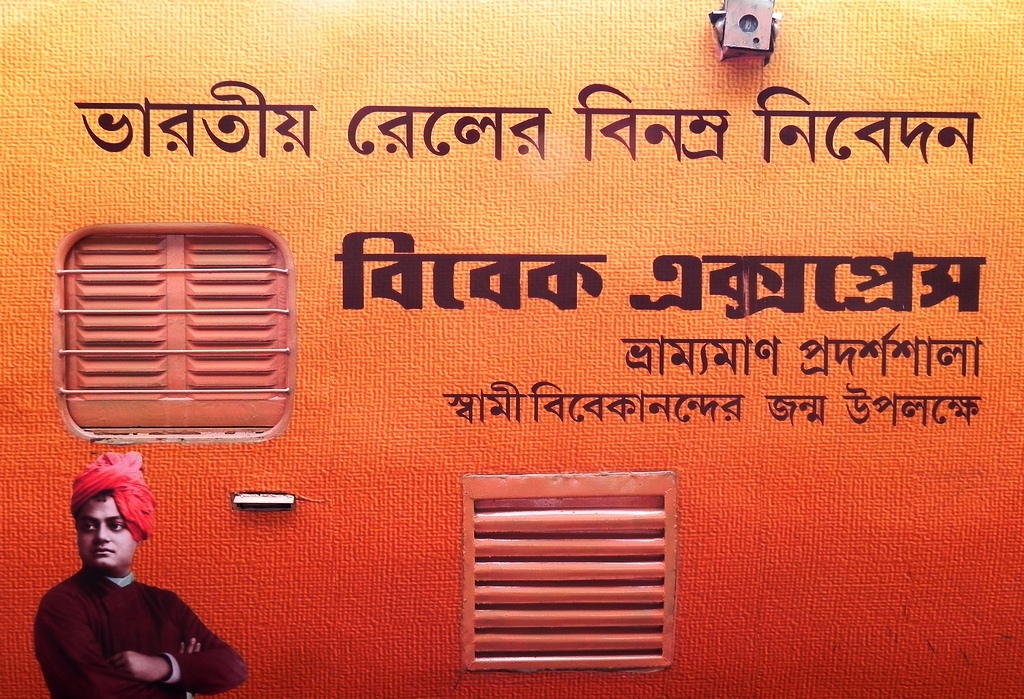
Vivek Express Train (Vivek Express mentioned in bold Bengali script)
Vivek Express (train number 15905/15906) that takes off from Dibrugarh in the state of Assam snakes all the way down to the southern tip of India in Kanyakumari. The train covers a total of 4273 kilometres (2655 miles). The train has 56 halts and it takes around 80 hours 15 minutes (3.5 days) and passes through eight Indian states. Earlier, this title was held by the Himsagar Express that takes off right from the northern state of Jammu and dive south to Kanyakumari.
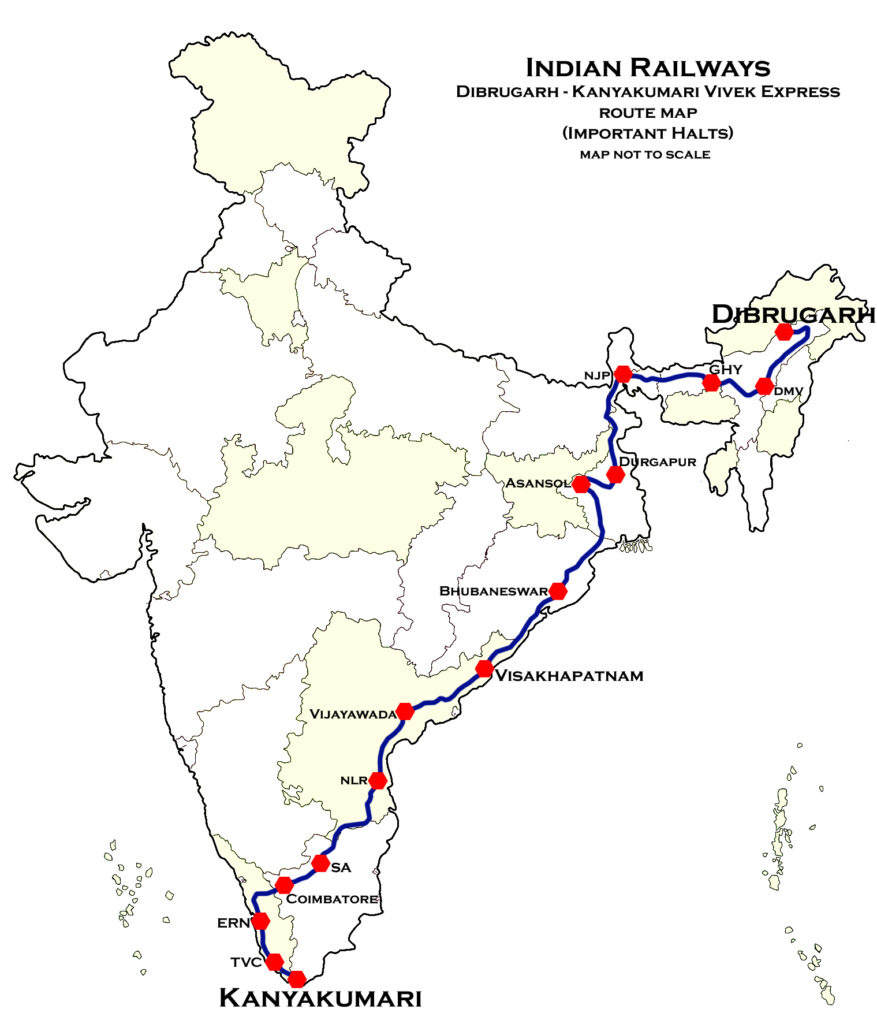
Vivek Express Route
The Himsagar Express still covers more states than the Vivek Express and has more halts than the Vivek Express. The Himsagar Express covers a distance of 3,709 kilometres (2304 miles), crosses through 12 Indian states and halts at 67 stations. The entire trip in Himsagar Express takes 70 hours 50 minutes.
Vembanad Rail Bridge – Longest Rail Bridge
Indian Railways focus a lot on freight along with the passengers and to make things convenient by connecting Edappally to Vallarpadam in Kochi, Indian Railways in collaboration with Rail Vikas Nigam Ltd came up with the beam bridge that stretches 4.6 kilometres (2.87 miles). The bridge took three years to complete and the construction was completed in 2010.
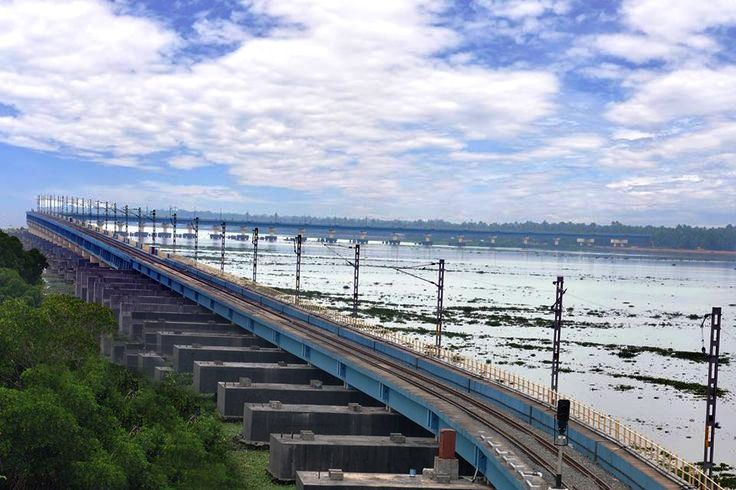
Vembanad Rail Bridge
The bridge comprises of 231 girders each weighing 220 tons and was constructed by AFCONS Infrastructure Ltd. However, this bridge is solely used for freight trains. In terms of the passenger train rail bridges, the top place is taken by the Ganga Rail-Road Bridge in the state of Bihar that connects the north and the south region of the state. The bridge is 4.5 kilometres (2.79 miles) long.
Gatimaan Express – Fastest Train in India
As per the global speed standards, Gatimaan Express is way too behind but taking into consideration the Indian Railway infrastructure Gatimaan Express is quite an achievement. The train is touted as the fastest train in India because it runs at 160 kmph (99.4 mph) and is a semi-fast point-to-point train that runs from Hazrat Nizamuddin Station to Agra Cantonment Station and beats the Shatabdi Express and Rajdhani Express by just 10 minutes.
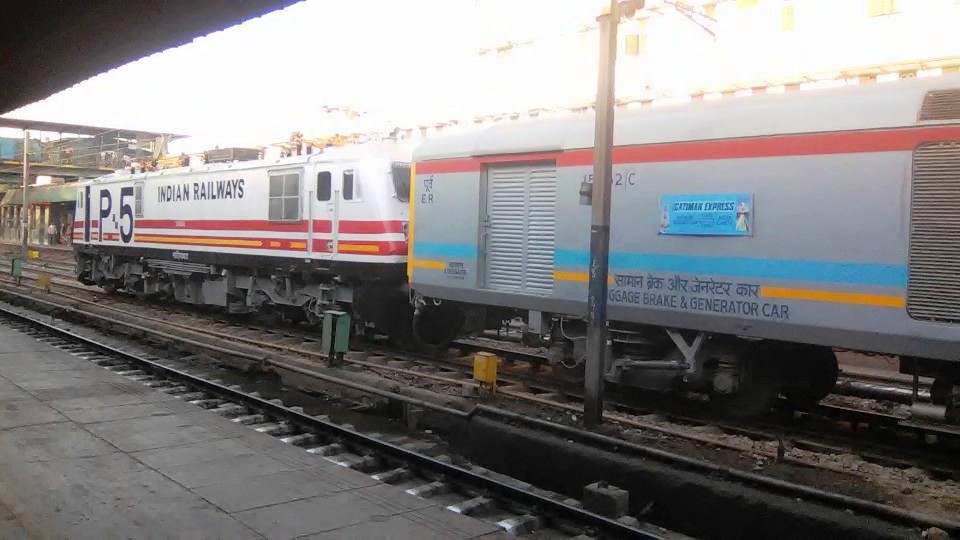
Gatimaan Express Takes Off
The reason behind limiting the speed is that Indian trains are jammed packed with too many people, plus the baggage and the extra load that the locomotive has to pull with 12 coaches connected to it. Indian Railways also have to manage the other slow trains that run on the same track. Any error in terms of speed could lead to derailment or bump into another train which can lead to catastrophic results. Gatimaan Express was launched in 2016 and covers the entire journey of 188 kilometres (117 miles) in 100 minutes.
Pir Panjal Railway Tunnel – Longest Rail Tunnel
If you love the excitement of your train heading into a tunnel Pir Panjal Railway Tunnel can offer you the maximum excitement experience. It is the fourth longest rail tunnel in Asia and longest in India. The tunnel is 11.215 kilometres long, that’s 6.97 miles. The tunnel also has a 3-meter wide road throughout the tunnel which is used by maintenance and repair service employees.
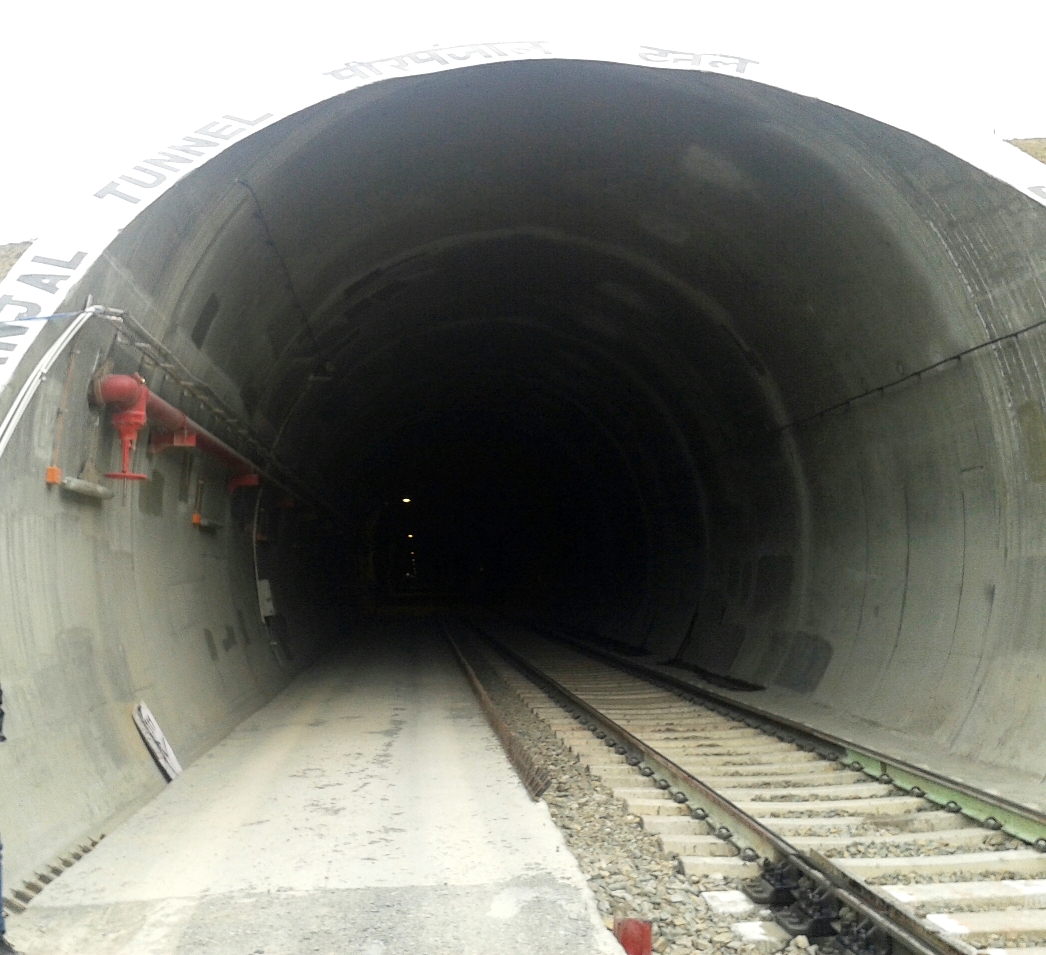
Pir Panjal Rail Tunnel
The tunnel is a part of the Udhampur-Srinagar-Baramulla rail link project, an Indian government’s initiative to connect Jammu and Kashmir with the rest of the country, especially during heavy snowfall season. The tunnel has provision for ventilation, fire fighting, and safety monitoring. The construction by Hindustan Construction Company began in November 2005 and the tunnel was opened up in June 2013. The entire cost of the tunnel is Rs. 10 billion (US$201.8 million). This tunnel is considered to be the most challenging engineering projects ever in the history of Indian Railways as the tunnel is located in a mountain range that has eight geological strata and is very close to seismic fault line underneath that led to more complications for the engineers while digging the tunnel.
Chenab River Railway Bridge – Highest Railway Bridge
The state of Jammu and Kashmir often gets isolated and cut-off from the rest of the country during the snow season. To tackle this, Indian Railways has undertaken a mega-project of constructing a new railway line that penetrates deep into the heartland of the state allowing people to travel conveniently. The Pir Panjal Tunnel is one such attempt, but the next project in line is the Chenab River Railway Bridge. This road and rail arch bridge made of steel and concrete is under construction at the moment, but when ready in 2017, it will be the highest railway bridge in India and also one of the highest in the world.
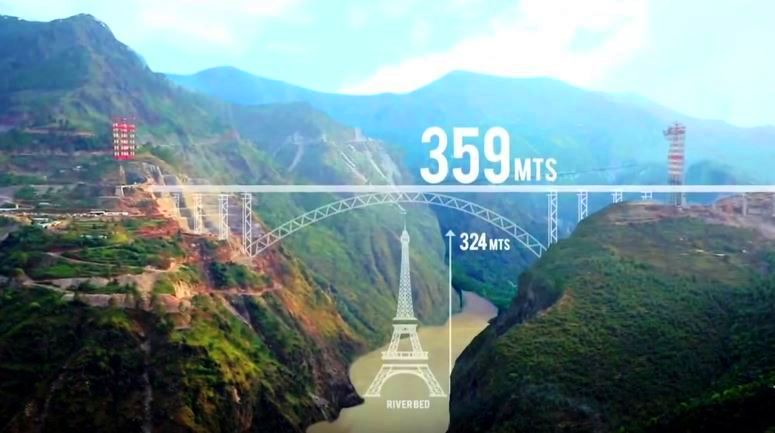
Chenab River Rail Bridge
The Chenab River Bridge was originally scheduled to be completed in 2009, but the work was stalled due to safety concerns. The work restarted a year later in 2010 and the bridge project is on the verge of completion. The bridge rises 359 meters (1,178 feet) above the Chenab river bed. The proposed arch is a two-ribbed arch, fabricated from large steel trusses.
WAG-9 – The Most Powerful Freight Locomotive
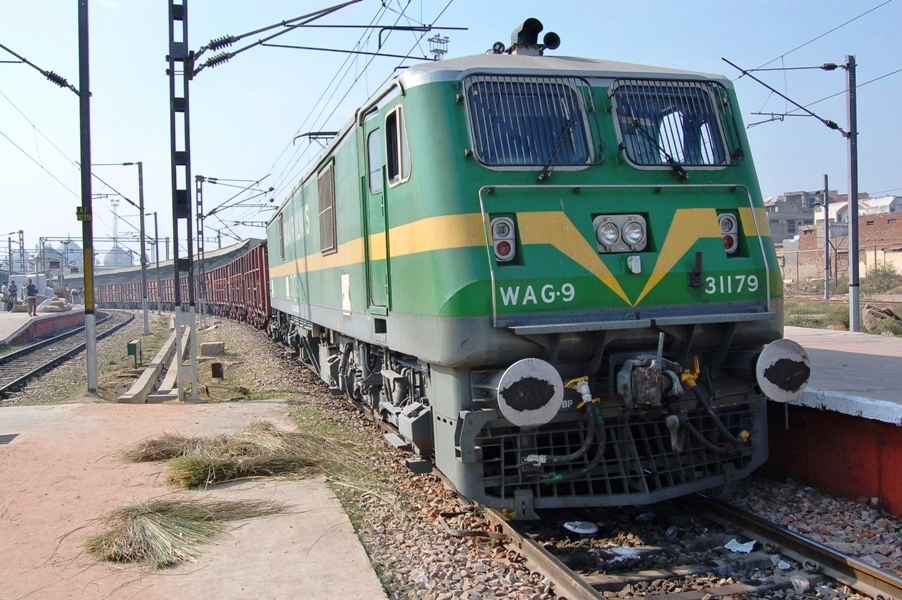
WAG9 Engine
For a country like India where so much freight is transported on a daily basis, Indian Railways need a freight locomotive that can take on the challenges head-on. Entirely made in India at the Chittaranjan Locomotive Works, the WAG-9 is the ‘whale’ of the Indian Railways. There are two models in WAG-9 locomotive; WAG-9i and WAG-9H. The ‘I’ stands for IGBT traction control and ‘H’ stands for Heavy.
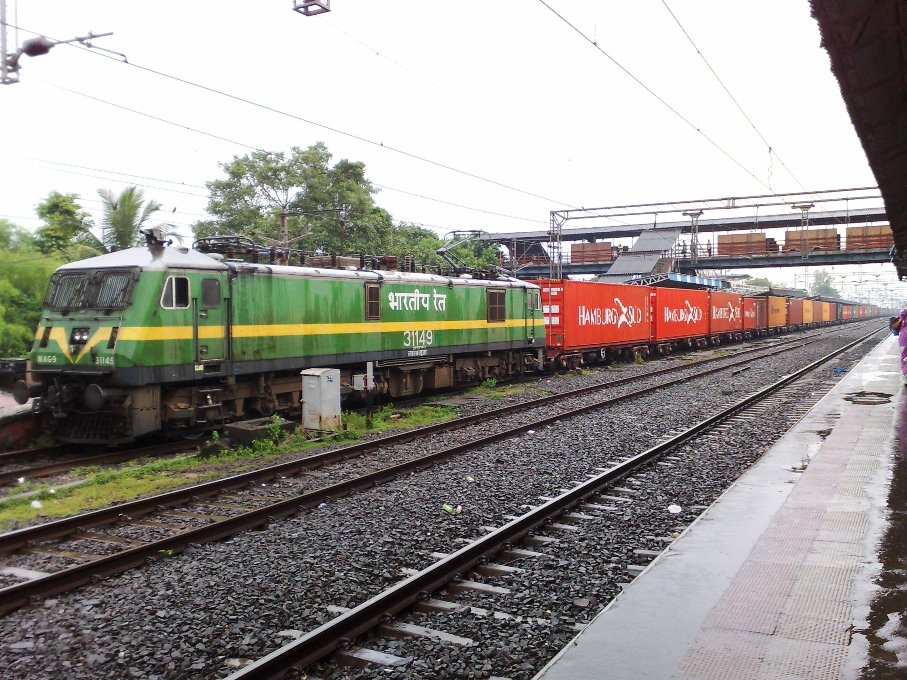
WAG-9 at Vasai Road Station
WAG-9 locomotives are the heaviest locomotives that are in regular freight service in India designed to answer the ever-growing need in the rail freight transportation sector. These locomotives have a maximum speed of 100 kmph (62 mph) and the power output is 6500 horsepower (4,847 kW). Although these locomotives are identical to WAP-7 that usually haul some of the fastest trains in India like Rajdhani Express and Durontos, however, they have a different gear ratio which makes them ideal for freight operations.
Indian Railways are working hard to keep up with the ever-growing requirement and need of the population that demands new initiatives and projects without slowing down or halting the current projects. The railways have recently announced that they will invest Rs. 9.3 lakh crore (US$150 billion) in the next five years. India will also join hands with Japan to strengthen cooperation in the rail sector to modernize and provide technological upgradation to achieve the zero-accident mission.
24 comments
I loved this post Sharukh! Bridges, tunnels, trains, locos, stations and construction. You have it all. I wish I could write something similar from our point of view, but we simply aren’t investing in trains the way we should in this country. I’m glad to see that you guys are building for the future or rail travel. Excellent post!
Thank you, Dan, for your comments. This series wouldn’t have been possible without your support. I was really running out of ideas after completing my third post, so I thought I should not just cover the present, but the future as well, so I moved on to the asset part. To be honest, Indian population grows rapidly and our speed of construction is ten times slower than the speed of reproduction. So, we are already running out of time and options, look at the way trains are crowded and the way we travel. It is high time that Indians come up with better bridges, faster trains, better rail services and routes to up the ante. Thankfully, we have a better Railway Minister this time who is trying to eliminate corruption within the railway network, speeding up the current projects and integrating with various construction companies locally and internationally to deliver the promise he made during elections.
Me too, though the idea of a tunnel that long scares the hell outta me!
Oh Kate. One of the reasons I want to go cross-country by train is do I can ride through the Cascades Tunnel on the way into Seattle. I think it’s the longest tunnel in the US.
In India, often I see these young boys and girls who stand on the door and as the train enters the tunnel they scream their lungs out, similar to what you hear when the roller-coaster comes down. This does not occur often, but I have heard it enough times already. People are so excited when they see their train enter a tunnel. Now, when the monsoon sets in the way to my sister’s will be full of waterfalls and some of the waterfalls are right above the tunnel entrance or exit and for a second you get a splash right on the face, or on your arms through the window.
Now that sounds like an amusement oark ride at Universal Studios Sharukh!
Since we don’t have one, we create our own Studios.
Haha! Im sure such real life adventures ate the inspiration for these rides. 😉
I’m sure it is.
That sounds like s very interesting ride.
Yeah a wet and adventurous ride high in the mountains.
Well, don’t be scared. There are lights in there to keep your fears at bay.
As always, your piece is both informational (without being boring) and interesting. The photos are all in the right places and are so beautiful. I am just amazed by the massive railway system you have in India. There is something tinelessly romantic, melancholy and technologically thrilling about trains. I loved all your posts.
Thank you, Cheryl, for your comments. I always concentrate on how to make the content less boring. I know history and geography and all that extra information might make the reader feel bored, but I read my articles before I hit the publish button. Since you talked about romance and thrills, let me share this with you. Since I am a cinema-lover I was going to write on movies that were shot on a train, or songs that were picturized on a train, but later I changed my mind and wrote on the Indian Railway assets. Thank you for all your love, support and time.
Always a pleasure, Sharukh. I would love to see that other post if ever you find time to write it. I am, after all, a movie fanatic and lover of music video.
Excellent end to the month’s posts. You’ve done such a good amount of research to write these, the information is lively and interesting.
Sharukh, great post. I can’t add much to what Dan, Katie and Cheryl have said about your last story on Indian railways. I am amazed by the Howrah and Gorakhpur stations – the size and length of them! It’s apparent that India travel is based largely in train travel and I applaud the further efforts to extend that into Jammu and Kashmir. I would love to travel over that bridge when it’s done, but not sure if I want to look down!
Thanks for all of your posts about the Indian railways. It’s been very enlightening and educational reading this month.
Thank you, Mary, for your comment. Actually, railways and airways are competing each other aggressively which actually benefits the common people. The ticket rates are insanely low compared to US standards. A 2000 mile journey in a first class AC coach with best service cost around 5000 bucks, that’s less than USD 100. Kashmir is a major issue during the winter season and we needed that connectivity long time ago. Glad that you enjoyed the series.
Wow! That’s a really informative post about our very own Indian Railways. Loved reading it.
Btw- Gorakhpur is where I was born and that station during by childhood used to be very frequently visited. Never knew it is the longest 🙂
I stopped by a dhaba at Gorakhpur once and also in Barabanki. Great food. Glad that you didn’t know it. I got the honour to enlighten you.
What an amazing post Sharukh on locomotives in India. You just reminded us of our rich history and breath-taking train ushering us into a journey of life:)
Thanks, Vishal.
I really love the way you described it..
Thank you for your comment.